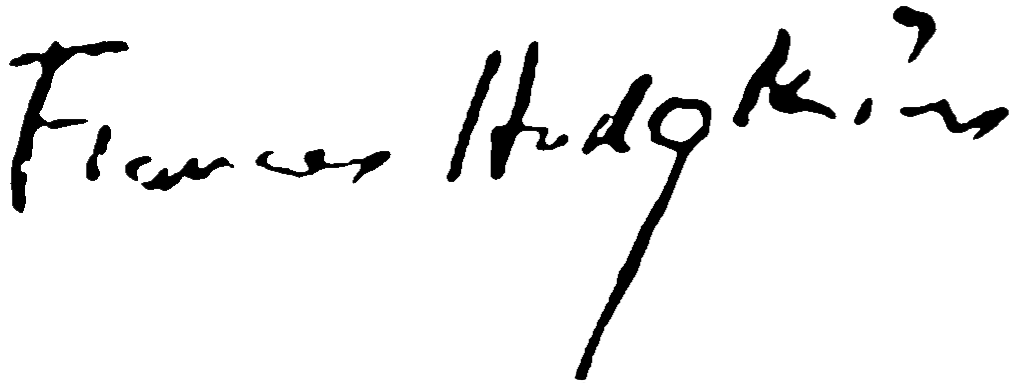-
Frances Hodgkins
The Croquet Game, Peaslake c. 1929
Pencil on paper, 32 x 50 cm
Signed Frances Hodgkins lower right
Exhibited
Auckland, N.Z, John Leech Gallery Frances Hodgkins 1869 - 1947, June 1988, No. 19
Auckland, N.Z, Jonathan Grant Gallery, Frances Hodgkins: A New Zealand Modernist, June 2019
Provenance
Private Collection, UK (Gift of the Artist)
Private Collection, New Zealand
To Lucy Wertheim from F.H., 4 May 1929, Romary Cottage, Birch Grove, nr. Hayward Heath, Sussex, Saturday
I found so much to interest me & attend to when I got here on Wed: that I have not had a moments pause to sit down & write . . . I ‘should’ do some good work here – the bush fires blackened the country side but it is all now gently screened by the palest green - & the blossoms so lovely – a sweet moment & I feel great & big with inspiration & will paint …
Frances Hodgkins was included in a number of exhibitions in England and New Zealand in the period leading up to and including 1928. According to Mary Kisler this period was a turning point in her career. ‘Although works created in the 1920s demonstrate her ongoing experimentation in the handling of paint and subject matter, she was about to move in a new direction, one that would catch the attention of fellow artists and collectors alike’. Hodgkins solo exhibition, Paintings and Water-colours, at Claridge Gallery opened on the 23rd of April 1928 and featured forty-eight of her drawings, watercolours and oils. A month after her show at Claridge’s, four of her works were also included in the Modern English Water-colour Society’s Sixth Annual Exhibition at St George’s Gallery in London. That same year Hodgkins was elected a member of the progressive Seven & Five Society, exhibiting with the group for the first time in May.
Hodgkins returned to Martigues in December 1924, and then again for several months in early 1928. In March 1930 Frances Hodgkins made the significant step of signing her first dealer contract, in this case a ‘sole agency’ contract with Arthur Howell of St George’s Gallery in Hanover Square. This agreement in reality became rather short lived as the depression took hold in England. It stipulated the purchase of 33 watercolours per annum at £3 each, whereupon Hodgkins promised Howell he would receive the best she was capable of.
Buoyed by the success of her solo show and the inclusion of her works in major contemporary exhibitions Hodgkins spent the summer at Romary Cottage near Hayward Heath. She produced several large-scale drawings of the nearby villages and the Peaslake area, ‘taking up her favourite high vantage point so that the houses and fields stretched up and away from her, sometimes filling three’ quarters of the paper’. Hodgkins was enchanted by the local countryside, writing to Lucy Wertheim, ‘I am so happy here – painting in the garden – groups of wild flowers – fruit blossom & funny cottage chimney ornaments – I feel peacefully dead – to the world …’. She made regular trips into the nearby town of Haywards Heath, taking three watercolours to be framed and sent for exhibition to London.
The present drawing, The Croquet Game, Peaslake c. 1929 bears remarkable similarities to Stormy Sunset over Peaslake, Surrey (Hocken Collections, Dunedin). Both drawings stand alone as fine examples of the highly finished exhibition drawings Hodgkins produced during this period. The Croquet Game, Peaslake demonstrates Hodgkins’s exquisite calligraphic draughtsmanship as demonstrated by the more abstract rendition of the buildings on either side of the composition. This work, drawn from the hill above the village leads the eye down into the finer detail of the house and figures in the centre where even the croquet hoops can be clearly distinguished. The drawing is charecterised by an unpretentious directness and displays Hodgkins skill and bold technique, defined by her vigorous interplay between light and dark.
Eric Newton, in his foreword to Hodgkins’s 1946 Retrospective Exhibition at Lefevre Gallery, described her drawings “as being as delicate as cigarette smoke laid gently on paper: others, fierce with velvety blacks imply colour”.
Written by Jonathan Gooderham & Grace Alty
